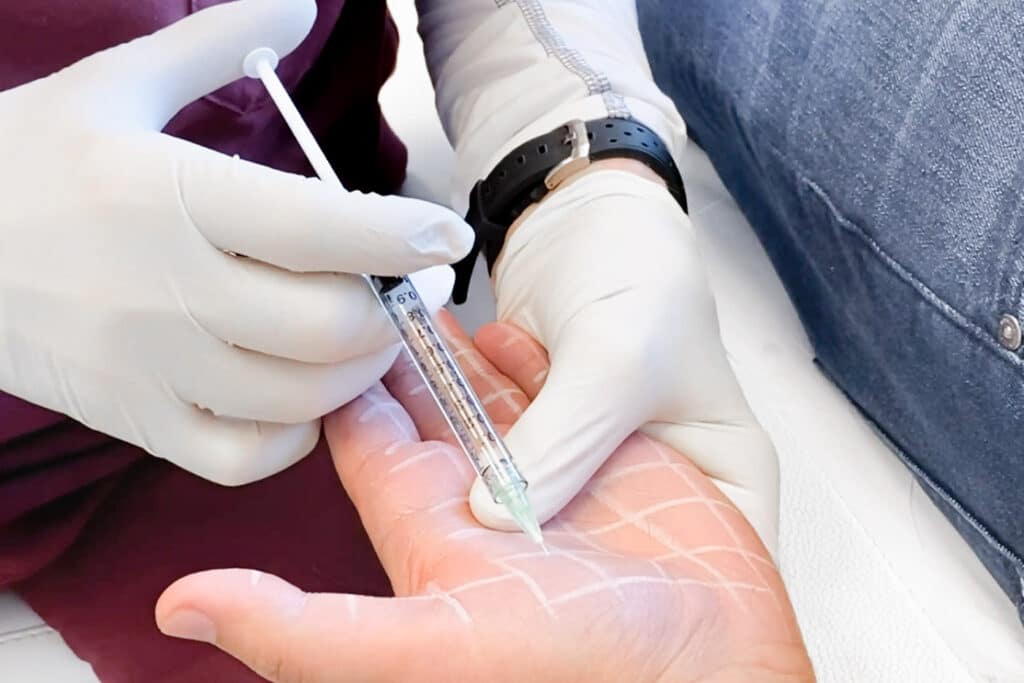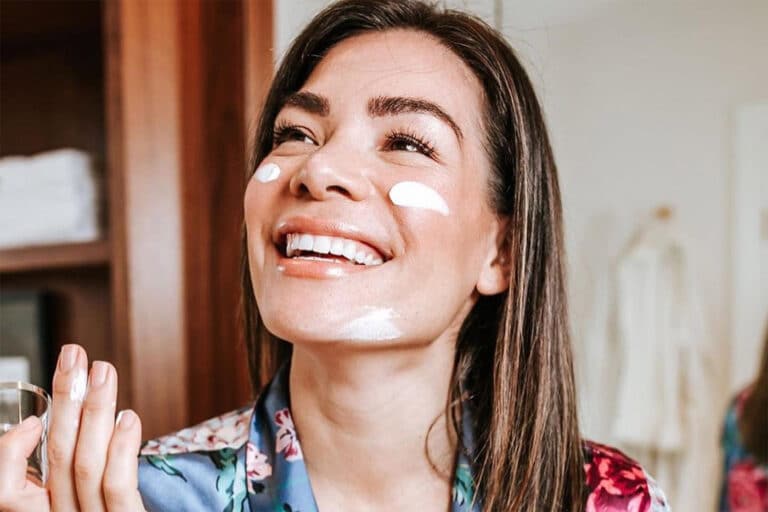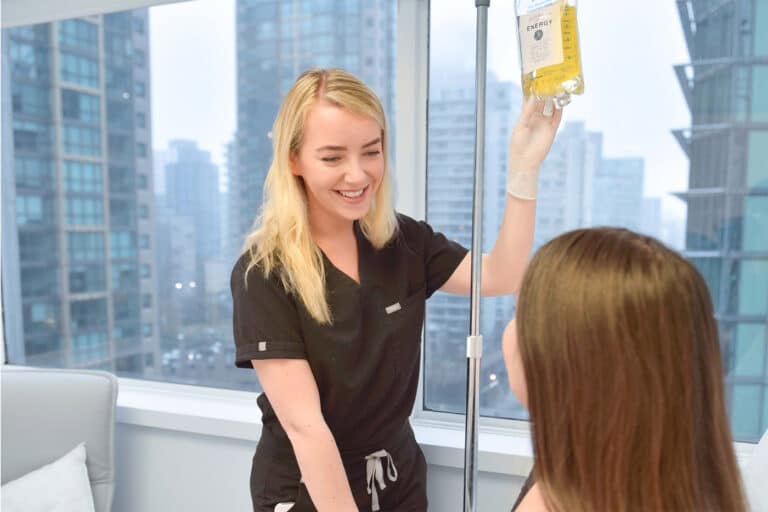When it comes to Botox and excessive sweating, how effective is the treatment? And why do people love it so much? Generally speaking, Botox is a non-invasive injectable treatment used to smooth wrinkles and slow down the signs of aging. Botox is a toxin with both cosmetic and medical benefits. In medical conditions, Botox can treat migraines, overactive bladder, eyelid muscle spasms, other muscle disorders, and even excessive underarm sweating. The possibilities are almost endless. When botox is used appropriately, it is very safe and very helpful for treating a variety of conditions and concerns. Read on to learn about the experience, purpose and benefits of Botox for hyperhidrosis and excessive sweating.
How can Botox treat excessive sweating?
Recently, the FDA proved and approved the treatment of Botox for intense sweating in the underarm area in patients. Botox alters neurotransmitters and therefore helps to block the chemical in the body that activates the sweat glands. Amazingly, this lessens the amount of sweat produced in your underarms. After the injection, you will probably see the final results between two and four days.
Targetted Areas for Botox and Excessive Sweating
You can request this treatment in different areas of the body wherever there’s excessive sweating. Areas such as hands, feet, nose, face, chest, back, and underarms. However, always consult a certified licensed injector for more information and guidance on this treatment. Patients that have further questions on this procedure can make a consultation here at MRC for further clarification on this treatment.
How long does this treatment last?
In general, this treatment can last anywhere between 4 months and 12 months. However, it is not permanent and you will need more injections in the future if you decide to continue with the treatment. For aftercare, we recommend avoiding exercise on the day you have your treatment. However, you can resume your normal routine the day after the procedure.





